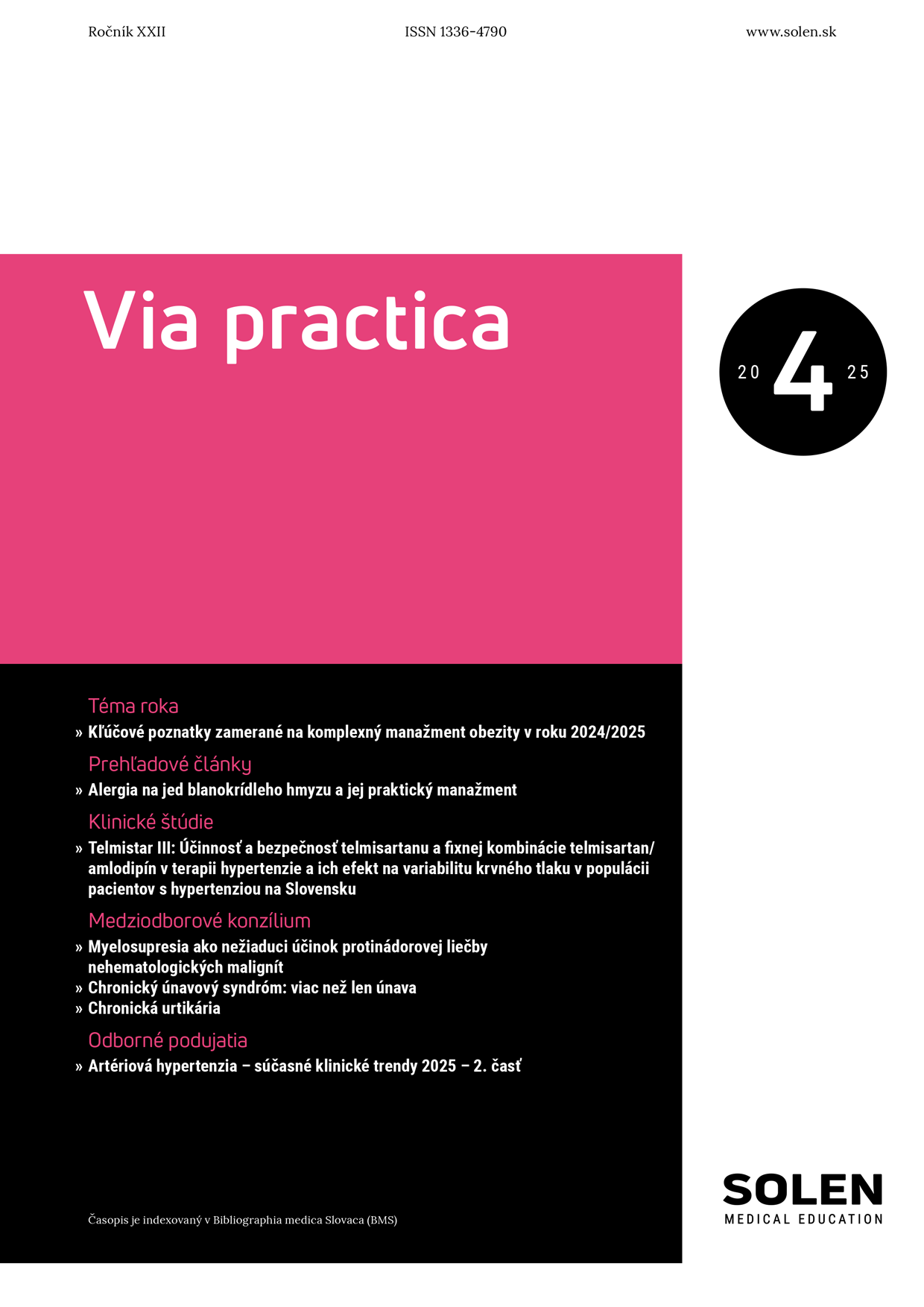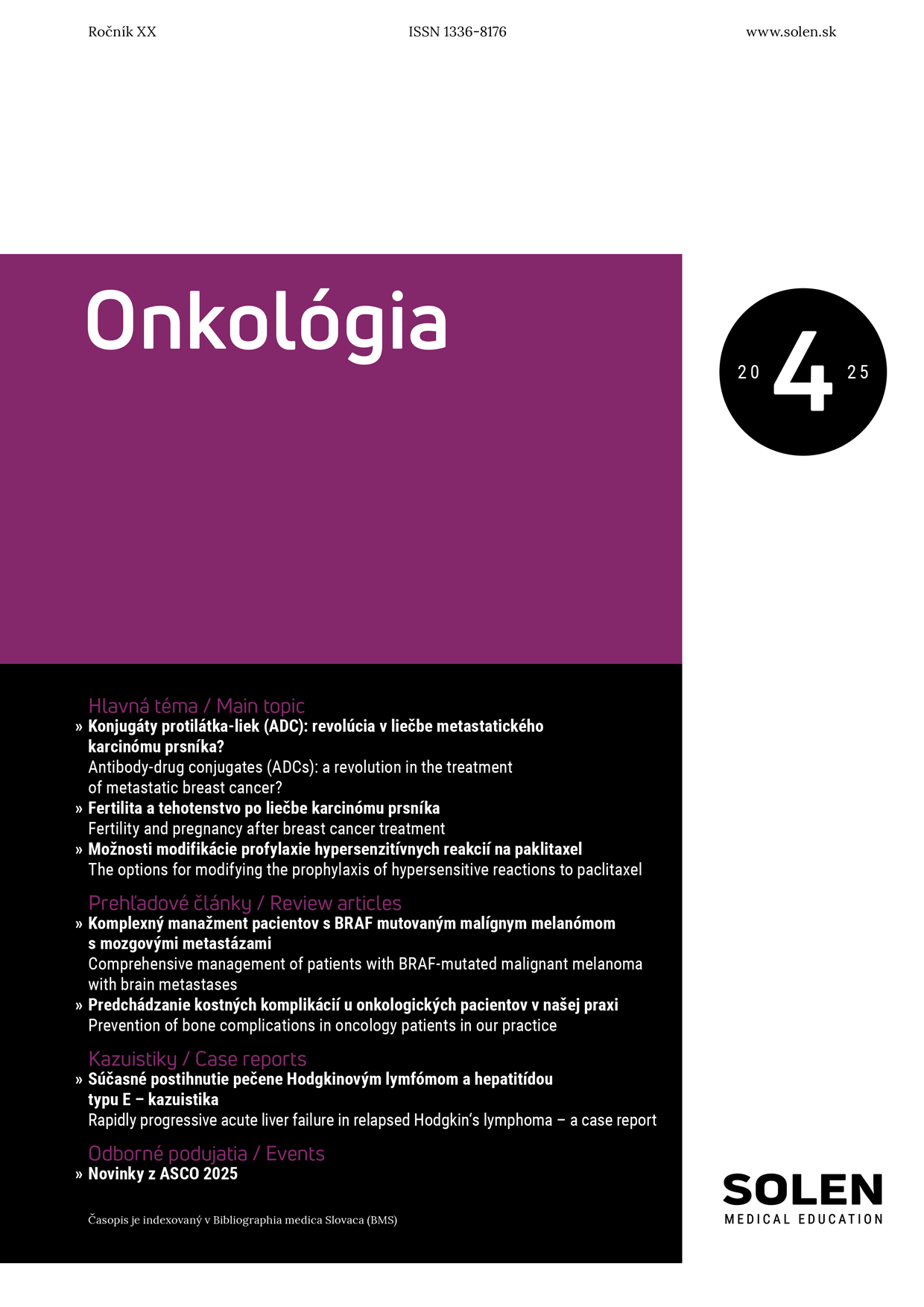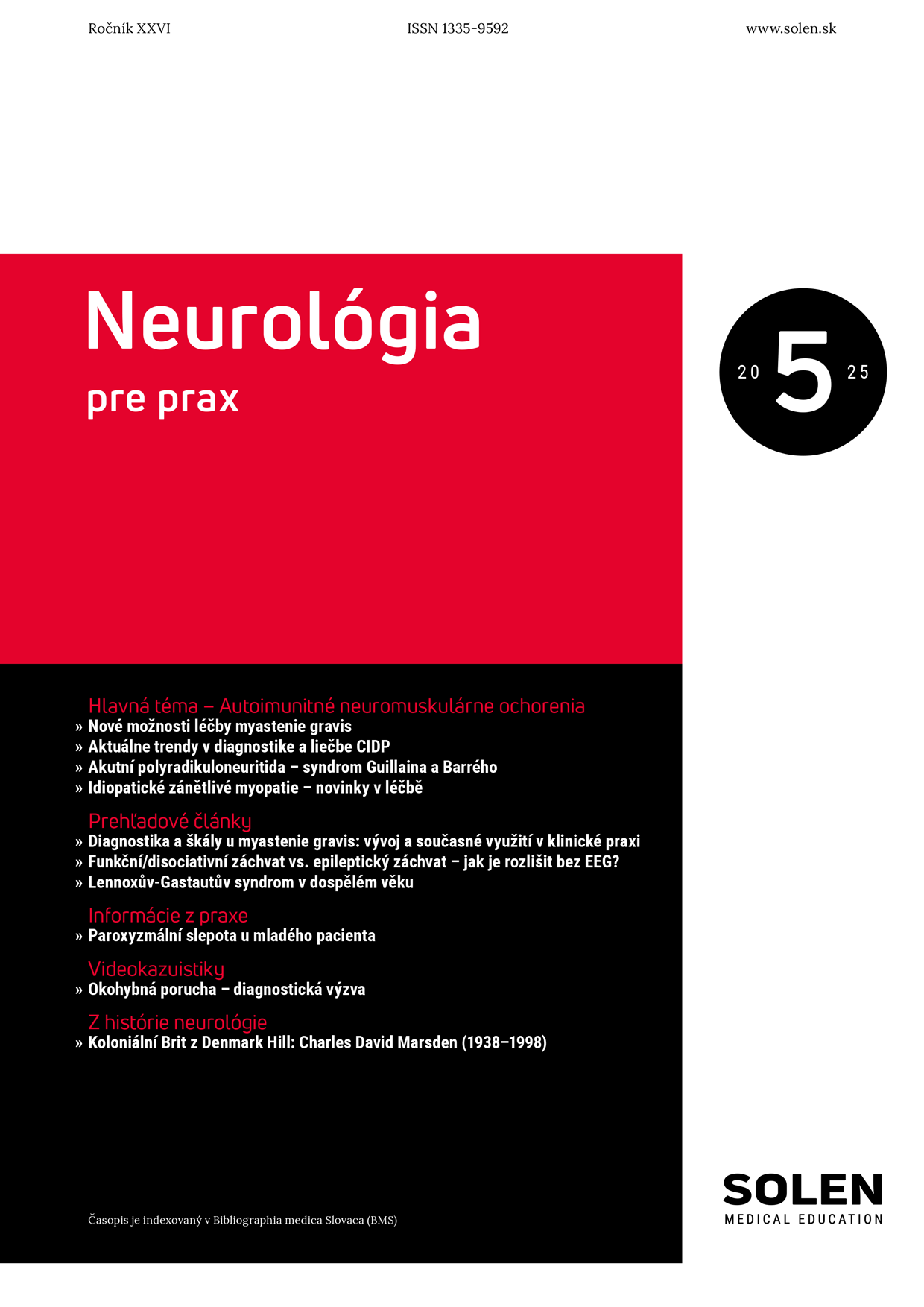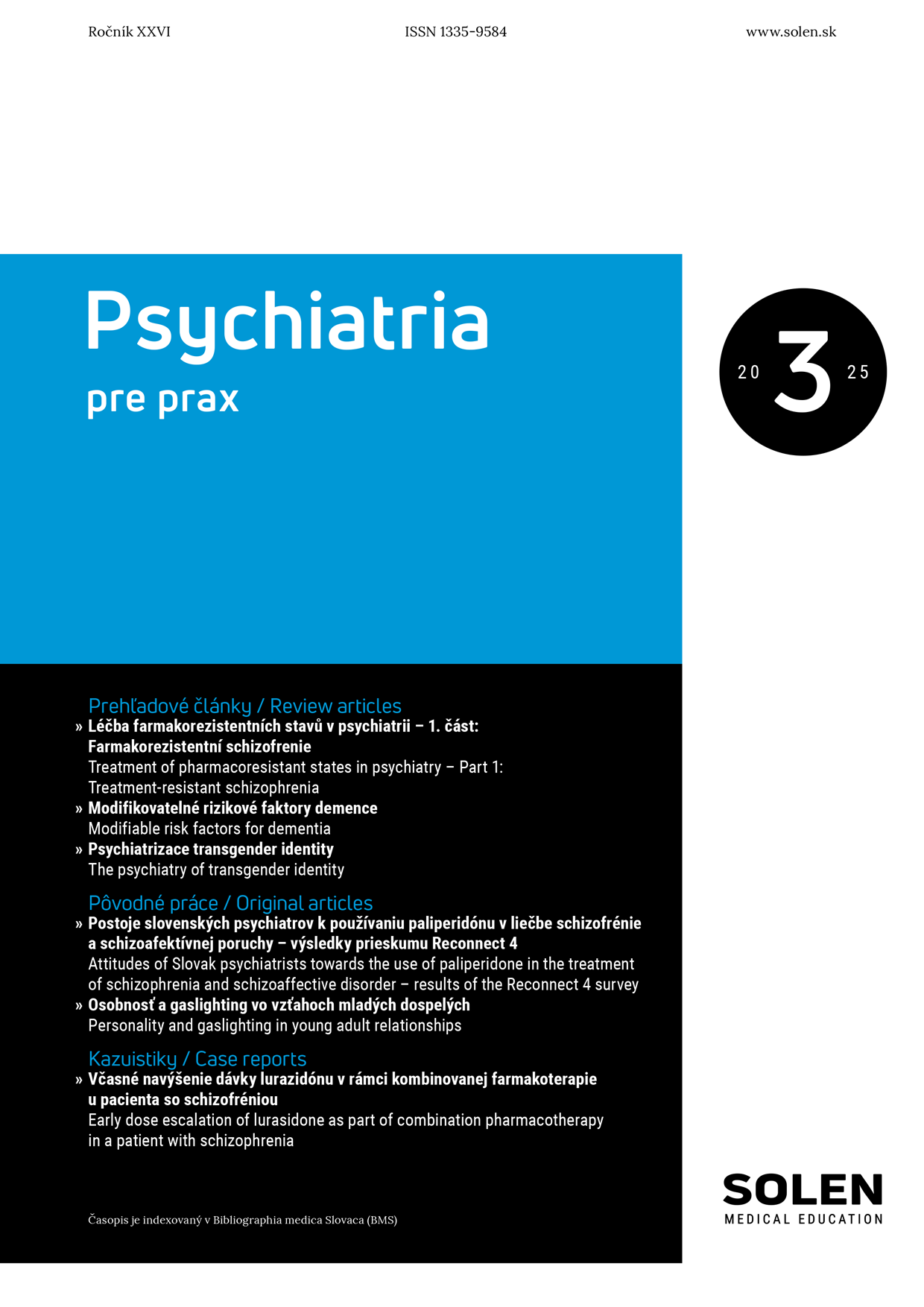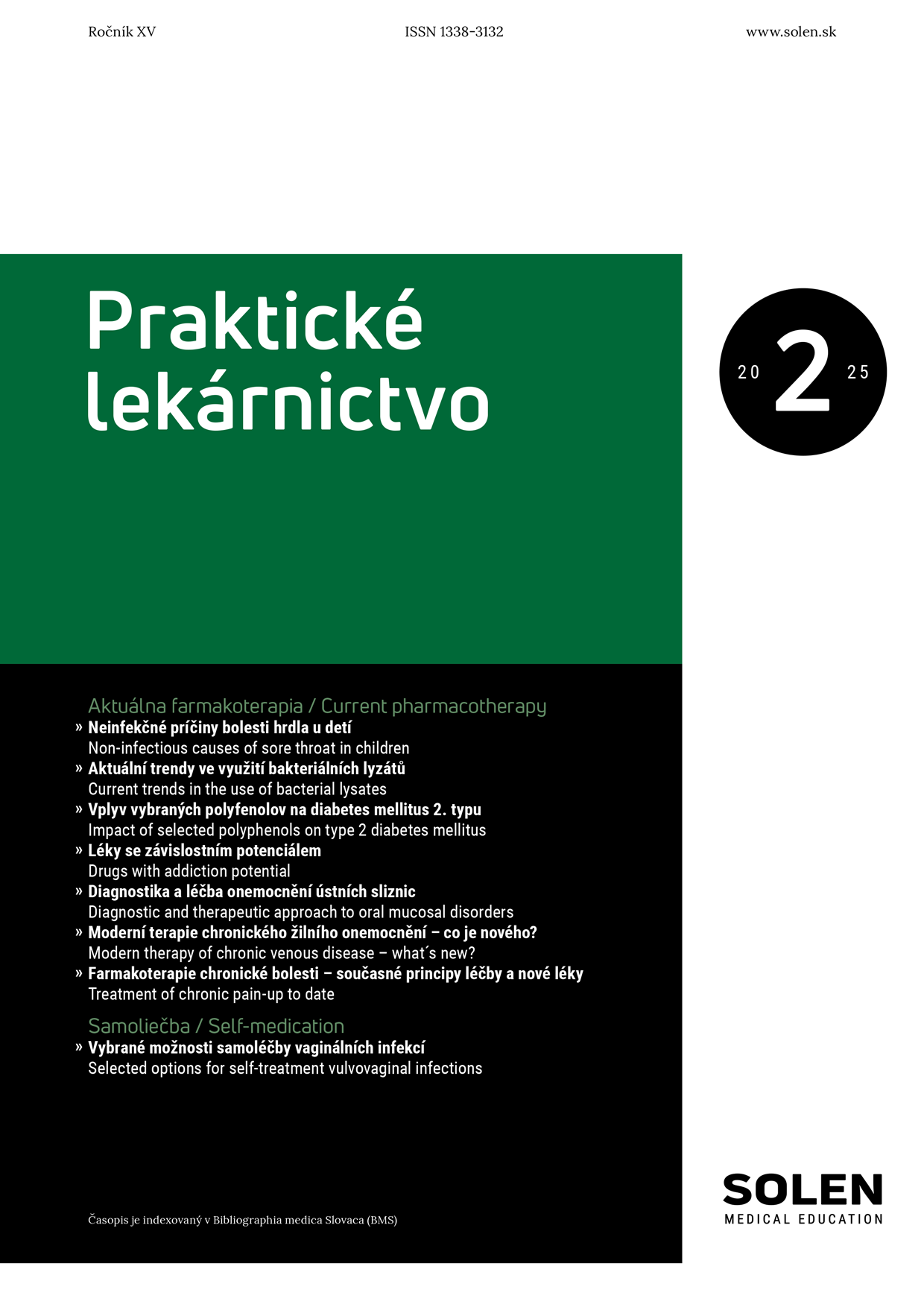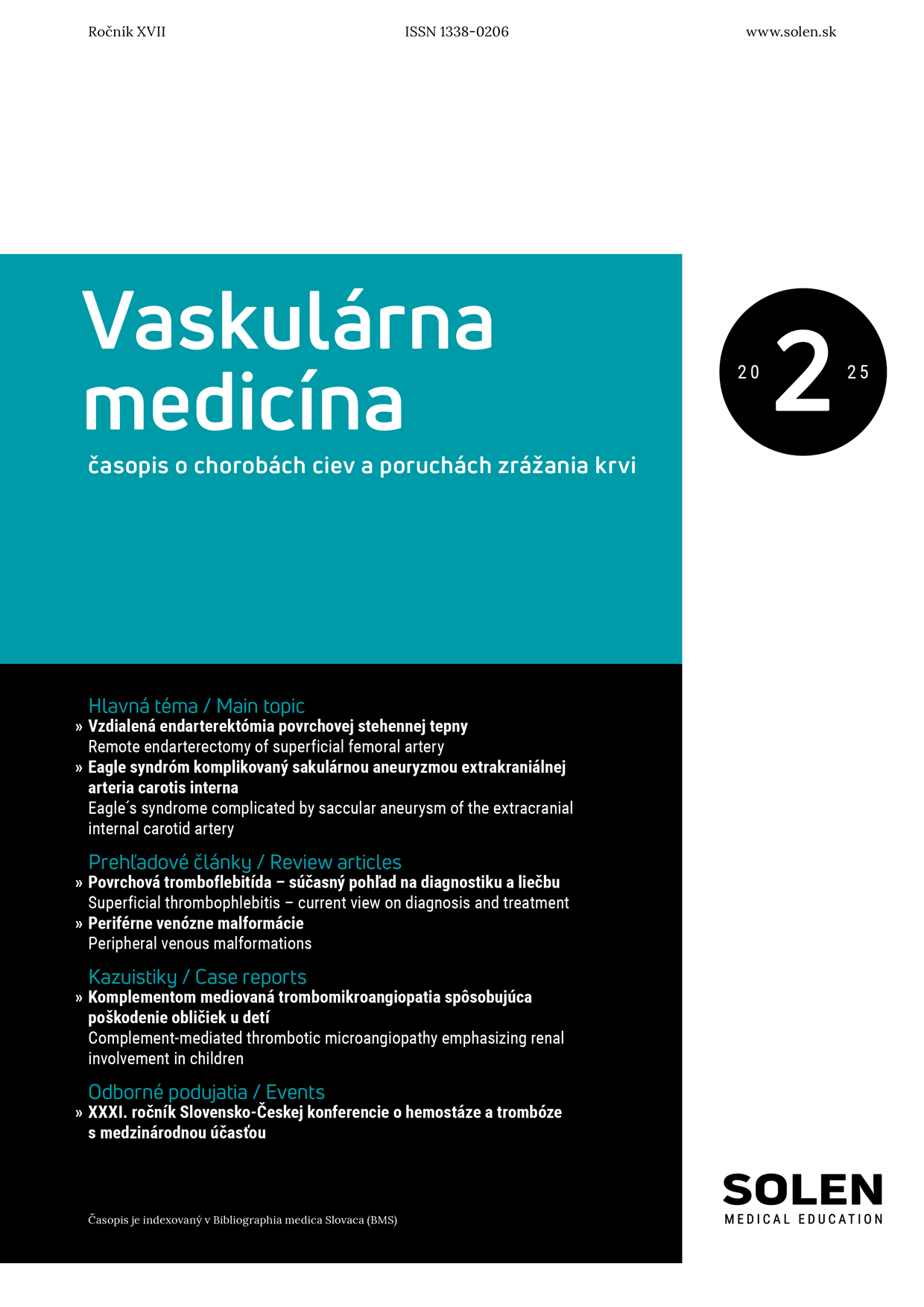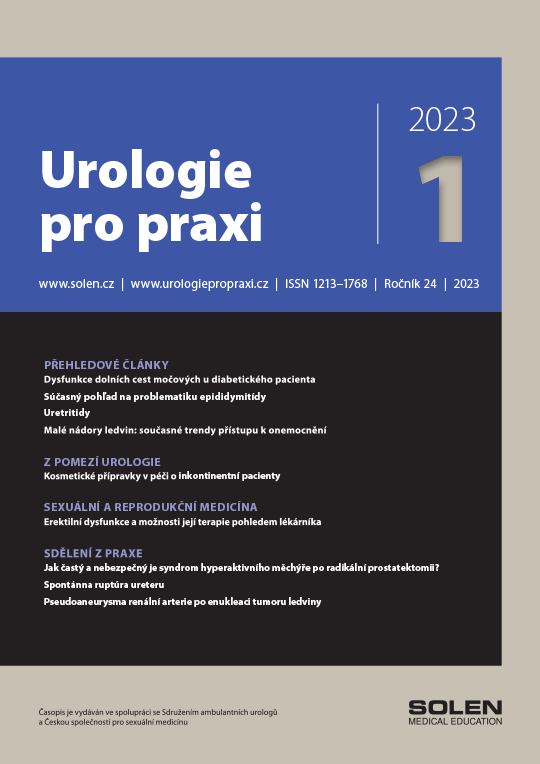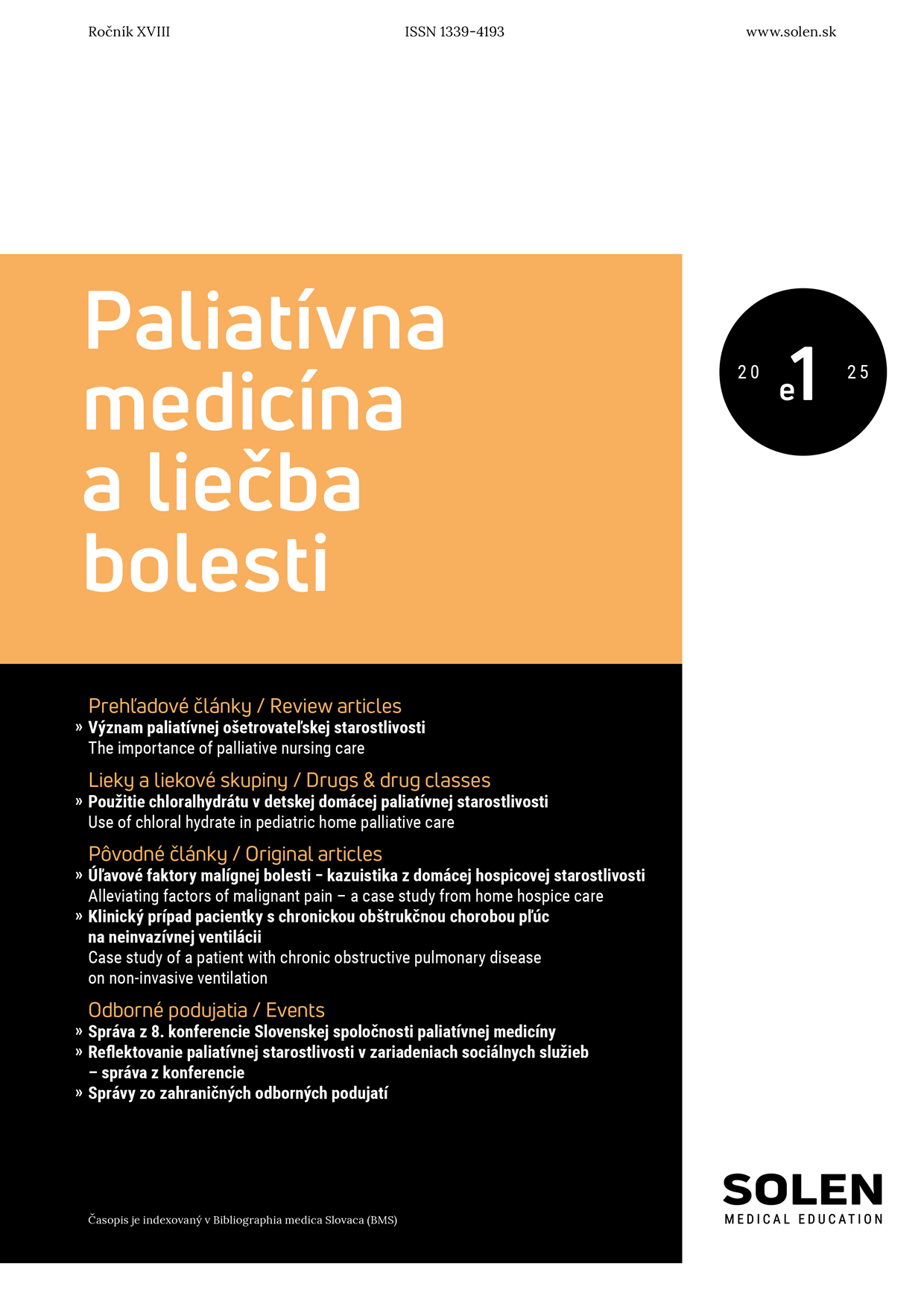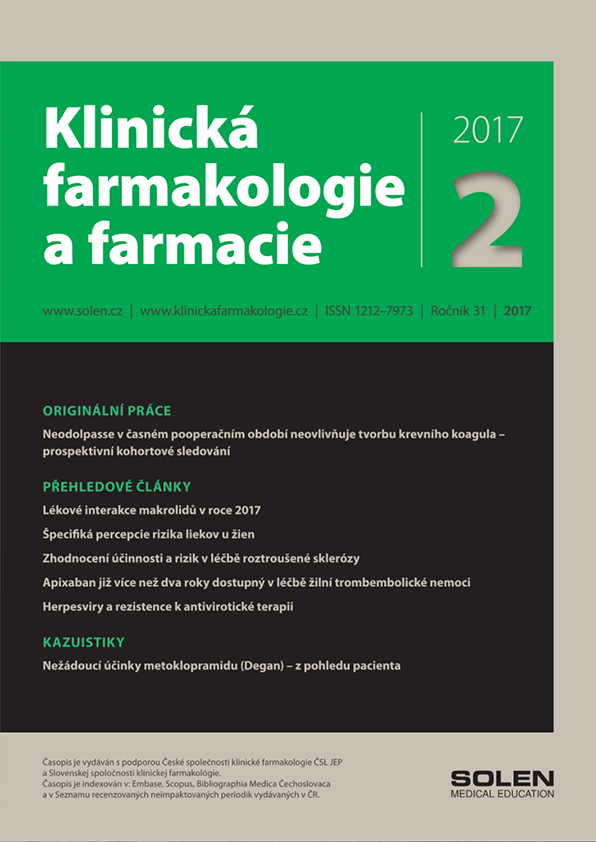Psychiatria pre prax 3/2025
Osobnosť a gaslighting vo vzťahoch mladých dospelých
MUDr. Zuzana Vančová, PhD., Mgr. Juraj Martonyik, PhD.
Úvod: Gaslighting je forma psychologického abúzu s potenciálne závažnými dôsledkami na duševné zdravie. Väčšina výskumov sa zameriava na jeho následky, len málo na osobnostné predpoklady cieľových osôb a realizátorov. Cieľom tohto prieskumu bolo preskúmať vzťah medzi mierou expozície gaslightingu, hodnotenou pomocou Gaslighting Relationship Exposure Inventory (GREI), a patologickými osobnostnými črtami, meranými prostredníctvom Inventória osobnosti pre DSM-5 – skrátenej formy (Personality Inventory for DSM-5 – Brief Form, PID-5-BF).
Súbor a metódy: Súbor prieskumu tvorilo 60 vysokoškolských študentov, ktorí poskytli údaje prostredníctvom sebahodnotiacich dotazníkov GREI a PID-5-BF. Zisťované boli aj demografické údaje vrátane pohlavia, súčasného veku, veku prvej skúsenosti s gaslightingom a miesta, kde účastníci prežili väčšinu života. Študované boli vzťahy demografických ukazovateľov, gaslightingu a dimenzií osobnostných premenných reprezentovaných profilom PID-5-BF aj vzťahy jednotlivých dimenzií osobnosti PID-5-BF navzájom. Údaje boli analyzované v programe IBM SPSS 25, štatistická významnosť bola stanovená na p < 0,05.
Výsledky: Vyššie kumulatívne skóre GREI signifikantne korelovalo so skóre dimenzie antagonizmus (ρ = ,330*, p = 0,010). Muži vykazovali vyššie skóre odťažitosti (ρ = −,363**, p = 0,004) a antagonizmu (ρ = −,393**, p = 0,002). Zistené boli aj významné korelácie medzi jednotlivými dimenziami PID-5-BF, najmä negatívna afektivita – disinhibícia (ρ = ,479**, p < 0,001).
Záver: Výsledky naznačujú, že osobnostné črty, predovšetkým vyššie skóre v dimenzii antagonizmus, by mohlo zvyšovať riziko expozície gaslightingu. Zistenie podporuje potenciálny význam včasnej identifikácie takýchto osobnostných vzorcov.
Kľúčové slová: gaslighting, osobnostné črty, GREI, PID-5-BF
Personality and gaslighting in young adult relationships
Introduction: Gaslighting is a form of psychological abuse with potentially serious consequences for mental health. Most research has focused on its outcomes, while much less attention has been given to the personality predispositions of targets and perpetrators. The aim of this survey was to examine the relationship between the degree of gaslighting exposure, assessed with the Gaslighting Relationship Exposure Inventory (GREI), and pathological personality traits measured by the Personality Inventory for DSM-5 – Brief Form (PID-5-BF).
Sample and Methods: The survey sample consisted of 60 university students who completed the self-report questionnaires GREI and PID-5-BF. Demographic data were also collected, including gender, current age, age at first gaslighting experience, and place of residence where participants had spent most of their lives. The study investigated associations between demographic variables, gaslighting exposure, and dimensions of personality characteristics represented by the PID-5-BF profile, as well as interrelations among individual PID-5-BF dimensions. Data were analyzed using IBM SPSS version 25, with statistical significance set at p < 0.05.
Results: Higher cumulative GREI scores were significantly correlated with the Antagonism dimension (ρ = .330*, p = .010). Men showed higher scores in Detachment (ρ = –.363**, p = .004) and Antagonism (ρ = –.393**, p = .002). Significant correlations were also observed among individual PID-5-BF dimensions, particularly between Negative Affectivity and Disinhibition (ρ = .479**, p < .001).
Conclusion: The results suggest that personality traits, especially higher scores in Antagonism, may increase the risk of gaslighting exposure. This finding highlights the potential importance of early identification of such personality patterns.
Keywords: gaslighting, personality traits, GREI, PID-5-BF



